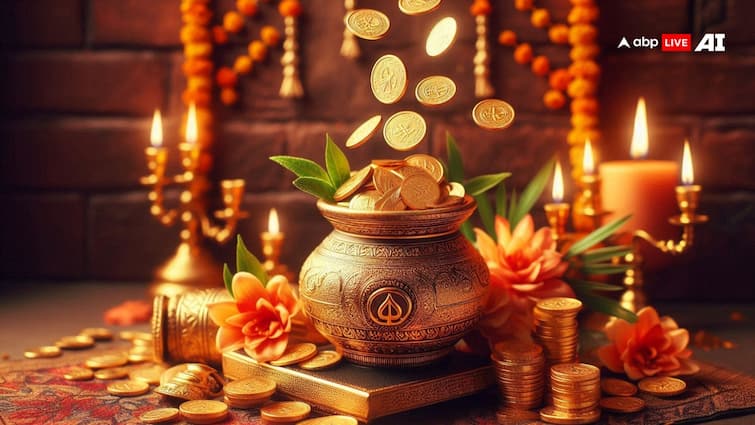India’s relationship with gold is steeped in tradition, culture, and economic significance. As the world’s second-largest consumer of gold, trailing only China, India’s gold market is a vital component of its economy. However, the dynamics of gold prices in India are influenced by a myriad of factors, from global market trends to domestic policies. This article delves into the current state of gold prices in India, the factors influencing them, and provides an overview of gold rates across major cities.
The Importance of Gold in India
Gold has long been regarded as a symbol of wealth and prosperity in India. It plays a crucial role in various cultural and religious ceremonies, making it a staple in households across the country. Despite the availability of recycled bullion, India’s gold market remains heavily reliant on imports, which account for a significant portion of the country’s demand. This dependence on imports makes the gold market particularly sensitive to global economic trends and fluctuations in currency values.
Factors Influencing Gold Prices in India
Global Market Trends
Gold is primarily priced in US dollars, which means that fluctuations in the dollar’s strength can have a direct impact on gold prices in India. When the dollar strengthens, gold becomes more expensive for buyers using other currencies, potentially leading to a decrease in demand. Conversely, a weaker dollar can make gold more attractive, driving prices up.
Domestic Policies
Government policies also play a significant role in shaping gold prices. Import duties, taxes, and regulations can affect the cost of gold in the domestic market. For instance, higher import duties can lead to increased prices for consumers, while favorable policies may help stabilize or reduce prices. The Indian government’s stance on gold imports and taxation can thus create ripples in the market.
Economic Indicators
Gold is often viewed as a hedge against inflation, making its value particularly relevant during times of economic uncertainty. However, its price is also influenced by fluctuations in bond yields. When bond yields rise, the opportunity cost of holding gold increases, which can lead to a decrease in demand and lower prices. Conversely, lower bond yields can make gold more appealing to investors.
Current Gold Rates Across Major Cities in India
As of today, gold prices have shown a steady increase, reinforcing gold’s status as a reliable investment. Here are the latest gold rates for 22-karat and 24-karat gold across ten major cities in India:
Gold Rate In Delhi Today:
22K: ₹8,515 per gram
24K: ₹9,197 per gram
Gold Rate In Chennai Today:
22K: ₹8,400 per gram
24K: ₹9,164 per gram
Gold Rate In Bengaluru Today:
22K: ₹8,400 per gram
24K: ₹9,164 per gram
Gold Rate In Mumbai Today:
22K: ₹8,400 per gram
24K: ₹9,164 per gram
Gold Rate In Pune Today:
22K: ₹8,400 per gram
24K: ₹9,164 per gram
Gold Rate In Kolkata Today:
22K: ₹8,400 per gram
24K: ₹9,164 per gram
Gold Rate In Ahmedabad Today:
22K: ₹8,405 per gram
24K: ₹9,169 per gram
Gold Rate In Hyderabad Today:
22K: ₹8,400 per gram
24K: ₹9,164 per gram
Gold Rate In Indore Today:
22K: ₹8,405 per gram
24K: ₹9,169 per gram
Gold Rate In Lucknow Today:
22K: ₹8,415 per gram
24K: ₹9,179 per gram
Conclusion
The rising gold prices in India reflect the metal’s enduring appeal as a stable and secure investment. As economic conditions fluctuate and global market trends evolve, gold continues to be a favored option for investors seeking long-term value. Understanding the factors that influence gold prices—ranging from international market dynamics to domestic policies—can help consumers and investors make informed decisions in this ever-changing landscape. Whether for investment or cultural significance, gold remains a cornerstone of India’s economic fabric.




